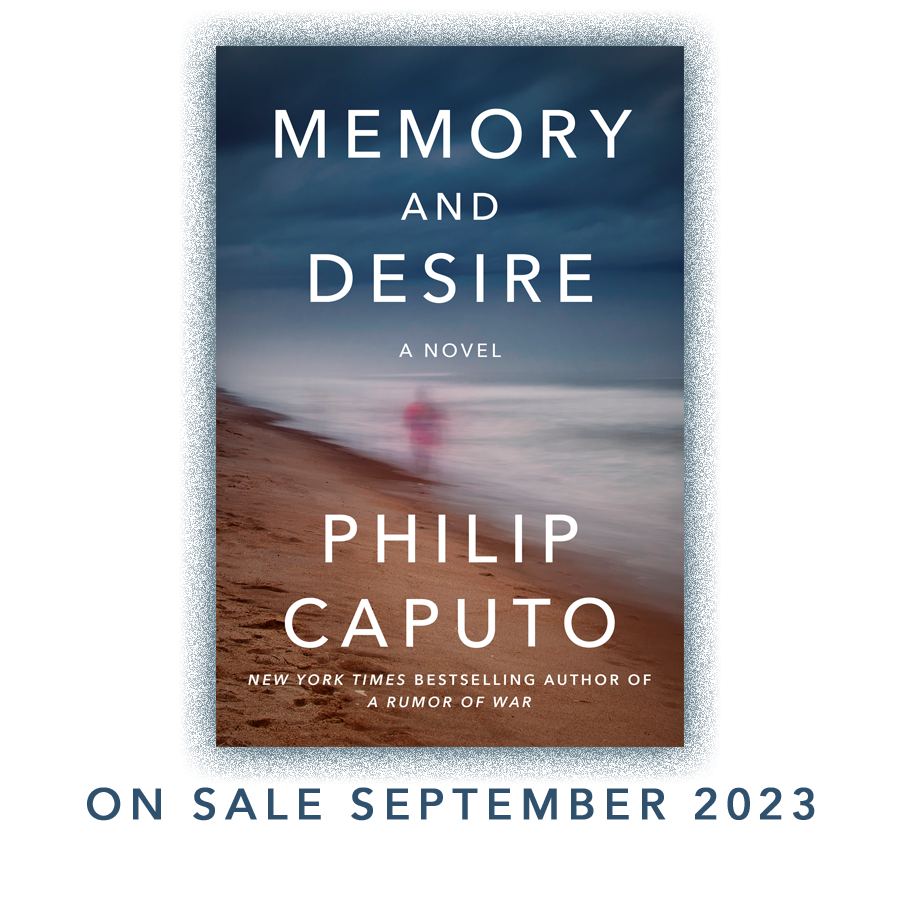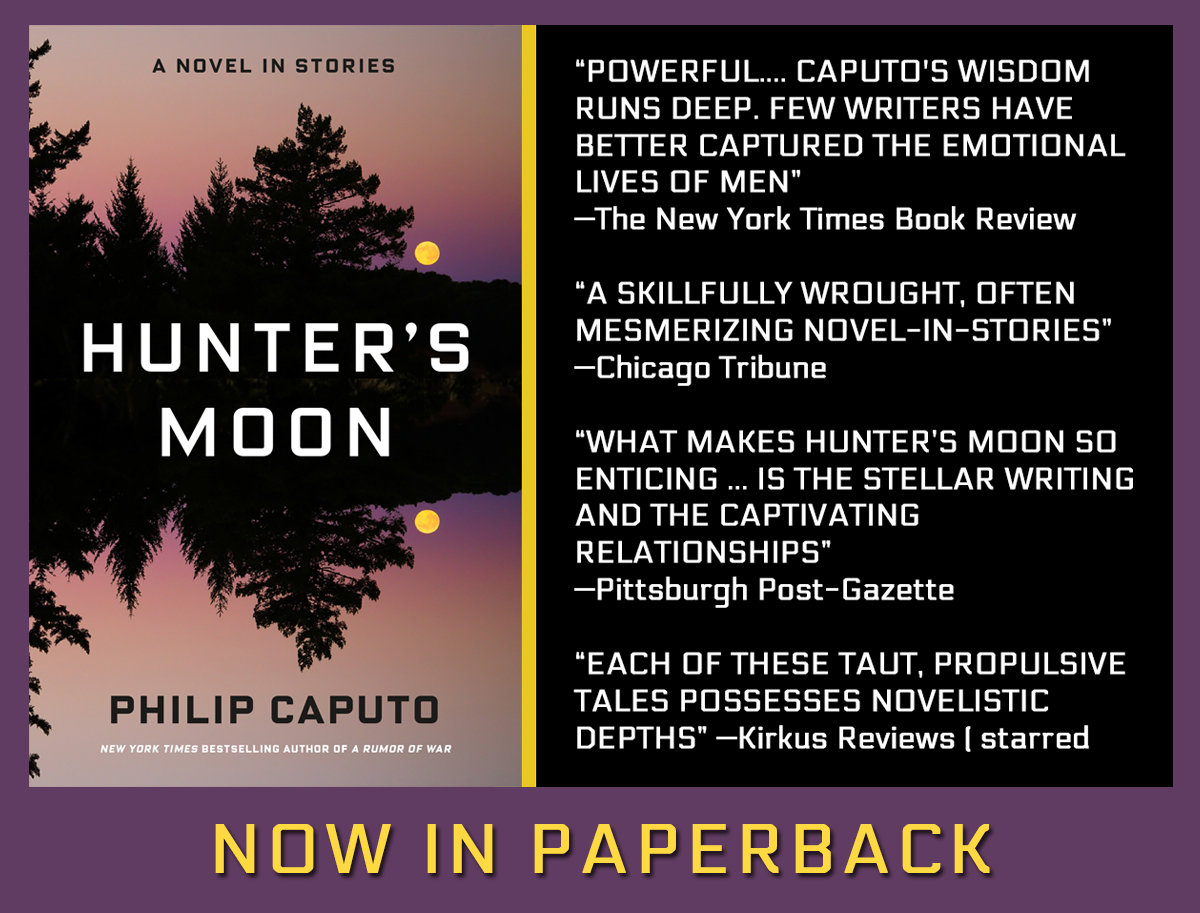Anastasia, our middle granddaughter, tested positive for Covid last week, following an 8th-grade field trip, and was quarantined. To the great relief of her parents and grandparents, her symptoms — fever, cough, fatigue — were fairly mild. She’s now almost completely recovered. Leslie and I have had two close friends die of the virus, we’ve known others who have suffered from it; Ana’s infection was the first time it’s touched our family directly and came as a rude reminder that the pandemic, now in its 29th month, is not over. It often feels like it is, but it’s not. This resilient, clever bug, always changing form and figuring out ways to dodge vaccinations, will be with us for a long time to come. It’s something we will have to live with, to endure.
Another contagion has been raging in the U.S. for decades. Although it can be conquered, there is little hope, if any, that it will be. We will have to live with it as well. That is the epidemic of gun violence that has claimed thousands of American lives and ruined thousands more. Most of us don’t pay much attention to it because the great majority of deaths by firearm are so routine that they rarely rate a prominent place in the news, when, that is, they are mentioned at all: the domestic dispute, the armed robbery, the drive-by shooting, the drug deal gone wrong.
It’s only when a virulent outbreak occurs that our minds and souls are wrenched out of their complacency, as they have been in the past two weeks with the mass murders at a supermarket in Buffalo, New York, and an elementary school in Uvalde, Texas. The latter, which left nineteen children and two teachers dead, sent my thoughts reeling back thirty-three years, when Esquire magazine assigned me to cover a slaughter of innocents at the Cleveland Elementary School in Stockton, California.
On the morning of January 17, 1989, a disturbed loner and drifter named Patrick Purdy opened fire with an AK-47 assault rifle on the school playground during recess, killing five children and wounding twenty-nine others and a teacher. When the massacre ended, Purdy took his own life with a nine-millimeter pistol.
The 24-year-old had a history of alcoholism, drug-addiction, and psychological problems, along with an extensive rap sheet; but he was able to purchase his weapons legally, the rifle in out-of-state gun shop, the pistol in California. His crime, fairly rare then but disgustingly commonplace today, shocked the nation, leading to calls for stiffer gun laws and regulation of the sale of semi-automatic firearms designed for the battlefield. Time magazine editorialized: ”Why could Purdy, an alcoholic who had been arrested for such offenses as selling weapons and attempted robbery, walk into a gun shop in Sandy, Oregon, and leave with an AK-47 under his arm? The easy availability of weapons like this, which have no purpose other than killing human beings, can all too readily turn the delusions of sick gunmen into tragic nightmares.”
Sound familiar? But here’s a fact that will sound unfamiliar: Something was actually done about it! Well, sort of. Congress passed legislation banning the importation of assault weapons (Purdy’s had been manufactured in China); five years later, after much debate, legal challenges, and push-back from the gun lobby, the U.S. Senate, by a vote of 52-48, enacted the Federal Assault Weapons Act, prohibiting the manufacture and sale of assault rifles.
Then, as now, the Senate was over-populated with craven individuals terrified of the National Rifle Association and Second Amendment purists. They built a sunset clause into the legislation, a kind of poison pill, specifying that the act would remain in effect for ten years, after which it would expire. Moreover, it did not apply to assault weapons already in private hands. A boatload of studies and reviews have since examined the law’s effect on gun crimes, with mixed results. Overall, it had a negligible impact on firearm homicides, because most murders are committed with handguns, not military-style long guns. But it did reduce the number and intensity of mass murders by as much as 70 percent, according a study completed in 2019.
It did not eliminate these types of crimes — the Columbine massacre was perpetrated in Colorado in 1999 — but the terrible body count fell dramatically. Since then, the carnage has risen just as dramatically. There have been 900, yes, 900, school shootings in the past ten years. One of the most deadly was the slaughter by a a deranged gunman at Sandy Hook Elementary School, not far from where I live in Connecticut. Twenty little kids and seven adults blasted out of existence in minutes. This does not count numerous incidents in other venues: the campus at Virginia Tech – 32 dead; a movie theater in Aurora, Colorado – 12 dead; the Pulse nightclub in Orlando, Florida – 49 dead; the Las Vegas strip in Las Vegas, Nevada – 58 dead; the the Walmart in El Paso, Texas – 23 dead. The Tops supermarket in Buffalo, N.Y. – 10 dead. And that’s only a partial list.
A digression. Mass murder, defined as the killing of four or more people in a single incident, is a wholly different species of homicide, a soul-shaking horror, particularly when the victims are children. It isn’t only the number of victims that makes it so. There is a randomness about it. The killer — almost always a young male — strikes out of nowhere, at an unexpected hour in an unexpected place — a theater, a nightclub, a school, a supermarket. Some have easily identifiable motives, like racism or political terrorism; more often, the motives are opaque, if not unfathomable, which confers upon the perpetrator an inhuman aura. He seems a blind, conscienceless, unfeeling force, like a tornado or volcanic eruption, and yet he is human; and his humanness causes us to see him as demonic, the embodiment of pure evil. How else to explain what empowered the Uvalde killer, 18-year-old Salvador Ramos, to coldly look through his rifle sights at the faces of ten-year-olds and pull the trigger again and again?
Law enforcement officers, psychiatrists, and ordinary citizens were asking the same question about Patrick Purdy. What Joseph Conrad had said of Mr. Kurtz — his mind was sane but his soul was mad — could be said of Ramos or any of the other butchers in tis country. By ascribing a reason for their atrocities, we hope to create a coherent narrative that will exorcise the dread they inflict on us all. Several theories were developed to account for Purdy’s crime: the Maniac Theory — Purdy was flat-out crazy; the Racist Theory — most of his victims were Asian; the Manchurian Candidate Theory — Purdy had associated with white supremacists, who brainwashed him; the Socio-Psychiatric Theory — somewhere in Purdy’s drab, ruptured life lay the clues to why he did what he did.
Facts supporting each of these narratives were presented to me in interviews; but other facts undermined them, inspiring me to advance my own explanation. Call it the Mind as Black Hole Theory. This is what I wrote in Esquire’s December 1989 issue:
In theoretical physics, there is a concept called a ‘singularity’ — the center of a black hole, a collapsed star. At he point of singularity, the star’s imploded matter achieves infinite density; hence, gravity becomes infinitely powerful, allowing not even light to escape its pull and causing all known laws of Newtonian and Einsteinian physics to break down. Nothing can be seen, nothing can be predicted, and anything becomes possible. Purdy, I continued, was at psychological singularity when he fired into the crowd of children at recess, his mind a black hole in which all the moral laws and codes that govern humankind have broken down.
I knew then, as I know today, that that explanation is as inadequate as the others. That’s the point — there is no satisfactory way to predict who will commit murder, mass or otherwise. Which is why I think current proposals to tighten red-flag laws — identifying individuals at risk of harming others or themselves and prohibiting them from obtaining firearms — will have only a marginal effect on our homicide rate. If we are serious, and I doubt we are, about staunching the flow of blood on our streets and in our schools and all our public spaces, we must drastically reduce our arsenal of assault rifles, semi-automatic handguns, and high-capacity magazines, while making it almost impossible, through universal background checks, for people with a criminal record or psychiatric problems to buy any kind of gun.
The experiences of other developed nations prove that the stale arguments against gun restrictions (guns don’t kill people, people kill people, etc.) are wrong. Australia, Canada, and Great Britain all have strict firearms controls in place; their homicide rates are a small fraction of ours. I’ve been to those countries and can assure you that their citizens are not less free than we are.
In addition to expanded background checks, I propose the following policies:
* Reinstate the Federal Assault Weapons Act, closing its loopholes.
* Require all gun owners to be licensed by the state they live in. If you need a license to drive a car, surely you should need one to own a firearm.
* Raise the minimum age for purchasing an assault weapon or high-capacity, semiautomatic handgun from 18 to 21.
* Mandate owners of such weapons to 1) Register with the BATF (Bureau of Alcohol, Tobacco Tax and Firearms) and 2) Be certified for a Federal Firearms License. This has applied to gun dealers, collectors, and people who possess fully automatic weapons, like machine guns, since 1968.
* Offer a buy-back option to them if they are unwilling to go through the background checks and tests for a firearms license.
If you’ve been following the endless and fruitless debates on gun control, you know that none of this, with the possible exception of universal background checks, has even a slim chance of happening.
Approximately 45,000 Americans will die from gun-related homicides, suicides, and accidents this year. Some of them will be children, whom we can look upon as sacrifices to the absolutist interpretation of the Second Amendment, which holds that there must be almost no regulations on firearms.
Incidentally, I am a gun owner, a hunter and trap and skeet shooter. While watching CNN last week, I saw an interview with the father of a ten-year-old girl killed in the Uvalde attack. He was choking and sobbing so violently that I thought he was going to turn himself inside out as he cried about the senseless loss of his “baby.” I couldn’t help but think of my three granddaughters and began to weep with him. I’m tempted to say that I found his grief unimaginable; but we have created a society so marinated in violence, paranoia and hyper-partisanship on issues like gun control that the unspeakable has become speakable, the unthinkable thinkable, and the unimaginable imaginable.



First, I would like to say that I agree with most of what your wrote, with one exception. And that is the requirement that all gun owners be licensed and registered in some way. I only disagree because in today’s political climate it seems possible to me that if a tyrant such as our last president were to again occupy the White House, any and all gun owners of the opposing party could more easily be rounded up, stripped of their weapons and imprisoned.
Like you, I am from suburban Chicago and spent many summers in Wisconsin and the U.P. I joined the Army after several unremarkable years at Northwestern and after graduating from Infantry OCS and Flight School, spent two years flying helicopters in Vietnam. I am currently reading and immensely enjoying “Indian Country” and have “Rumors of War” on order. Thank you for these books.